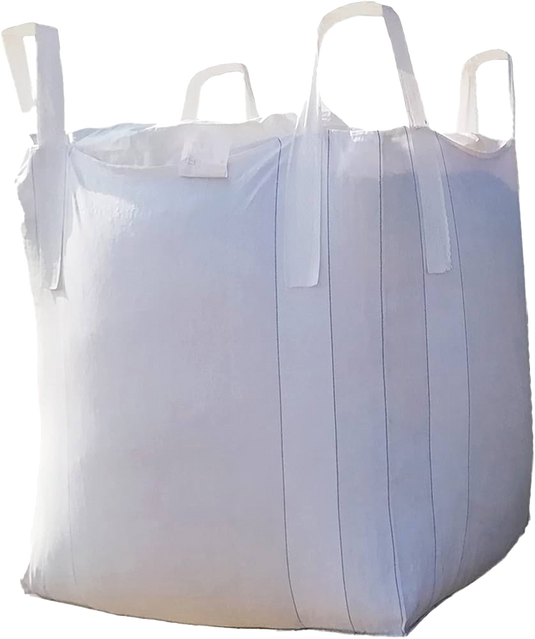Winter wheat's dual role as a cash crop and a key ingredient for cattle feed makes its economic assessment pivotal. When deciding to grow winter wheat specifically for cattle feed, understanding the costs, potential returns, and overall profitability is essential. Here's a detailed breakdown.
1. Initial Investments and Fixed Costs
-
Land Costs: This can include either the cost of renting land or opportunity costs if you own the land.
-
Machinery and Equipment: Consider depreciation, repair, and maintenance costs for tractors, plows, seed drills, harvesters, and grain storage facilities.
-
Infrastructure: Investment in fencing, irrigation systems, or roadways if required.
2. Variable Costs
-
Seed Costs: The price of seeds can vary based on the variety chosen, especially if opting for disease-resistant or high-yield varieties.
-
Fertilization: Depending on soil quality, the cost of fertilizers and their application needs to be factored in. Soil testing costs can also be included here.
-
Pest and Disease Management: This encompasses costs for pesticides, fungicides, and potential labor or machinery hire for application.
-
Irrigation: If relying on artificial irrigation, consider water costs and energy expenses for pump operations.
-
Labor: Costs for planting, monitoring, harvesting, and post-harvest processes.
-
Storage: Expenses related to grain drying, storage facility maintenance, and potential treatments to ensure grain remains in top condition for cattle.
3. Potential Returns
-
Grain Yield: Determine the expected yield per acre or hectare, considering factors like soil quality, seed variety, and historical yields.
-
Feed Savings: If using the wheat for your own cattle, calculate savings made by not purchasing external feed. This can be significant, especially during periods when feed prices are high.
-
Additional Revenue Streams: The straw byproduct can be sold or used as bedding for livestock, adding another revenue dimension.
4. Market Dynamics
-
Feed Grain Prices: Monitor current market prices for feed grains. If prices are expected to rise, there could be an advantage in growing more winter wheat for cattle.
-
Alternative Crop Revenue: Evaluate potential earnings from alternative crops. This provides context on whether dedicating land for winter wheat is the most profitable option.
-
External Factors: Economic factors, such as inflation, interest rates on loans, or government subsidies specific to agriculture or cattle farming, can influence overall profitability.
5. Calculating Profitability
-
Break-Even Analysis: Calculate the point at which revenue from the winter wheat matches total costs. This gives clarity on the minimum yield or price needed to avoid losses.
-
Return on Investment (ROI): Deduct total costs from total revenue and then divide by total costs. This percentage provides a clear picture of profitability relative to the investment made.
6. Risk Management
-
Insurance: Consider crop insurance to safeguard against unforeseen events like extreme weather conditions or pest infestations.
-
Diversification: Growing a mix of crops or having diversified income streams can act as a buffer against potential downturns in winter wheat profitability.
Conclusion
Growing winter wheat for cattle feed is an economic decision deeply intertwined with agronomic factors. By comprehensively analyzing costs, potential returns, and market dynamics, farmers can make informed choices that align with their financial objectives and ensure sustainability for both their crop and cattle operations.



